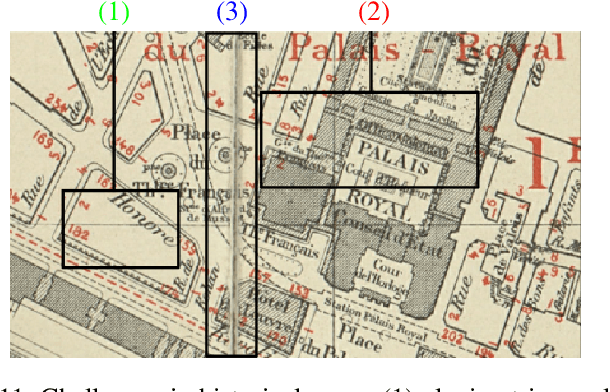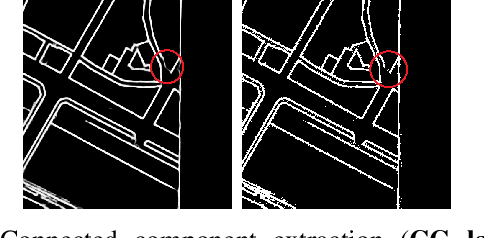Jonathan Fabrizio
Easy real-time collision detection
May 24, 2024



Abstract:This article presents an easy distance field-based collision detection scheme to detect collisions of an object with its environment. Through the clever use of back-face culling and z-buffering, the solution is precise and very easy to implement. Since the complete scheme relies on the graphics pipeline, the collision detection is performed by the GPU. It is easy to use and only requires the meshes of the object and the scene; it does not rely on special representations. It can natively handle collision with primitives emitted directly on the pipeline. Our scheme is efficient and we expose many possible variants (especially an adaptation to certain particle systems). The main limitation of our scheme is that it imposes some restrictions on the shape of the considered objects - but not on their environment. We evaluate our scheme by first, comparing with the FCL, second, testing a more complete scene (involving geometry shader, tessellation and compute shader) and last, illustrating with a particle system.
BuyTheDips: PathLoss for improved topology-preserving deep learning-based image segmentation
Jul 23, 2022



Abstract:Capturing the global topology of an image is essential for proposing an accurate segmentation of its domain. However, most of existing segmentation methods do not preserve the initial topology of the given input, which is detrimental for numerous downstream object-based tasks. This is all the more true for deep learning models which most work at local scales. In this paper, we propose a new topology-preserving deep image segmentation method which relies on a new leakage loss: the Pathloss. Our method is an extension of the BALoss [1], in which we want to improve the leakage detection for better recovering the closeness property of the image segmentation. This loss allows us to correctly localize and fix the critical points (a leakage in the boundaries) that could occur in the predictions, and is based on a shortest-path search algorithm. This way, loss minimization enforces connectivity only where it is necessary and finally provides a good localization of the boundaries of the objects in the image. Moreover, according to our research, our Pathloss learns to preserve stronger elongated structure compared to methods without using topology-preserving loss. Training with our topological loss function, our method outperforms state-of-the-art topology-aware methods on two representative datasets of different natures: Electron Microscopy and Historical Map.
 Add to Chrome
Add to Chrome Add to Firefox
Add to Firefox Add to Edge
Add to Edge